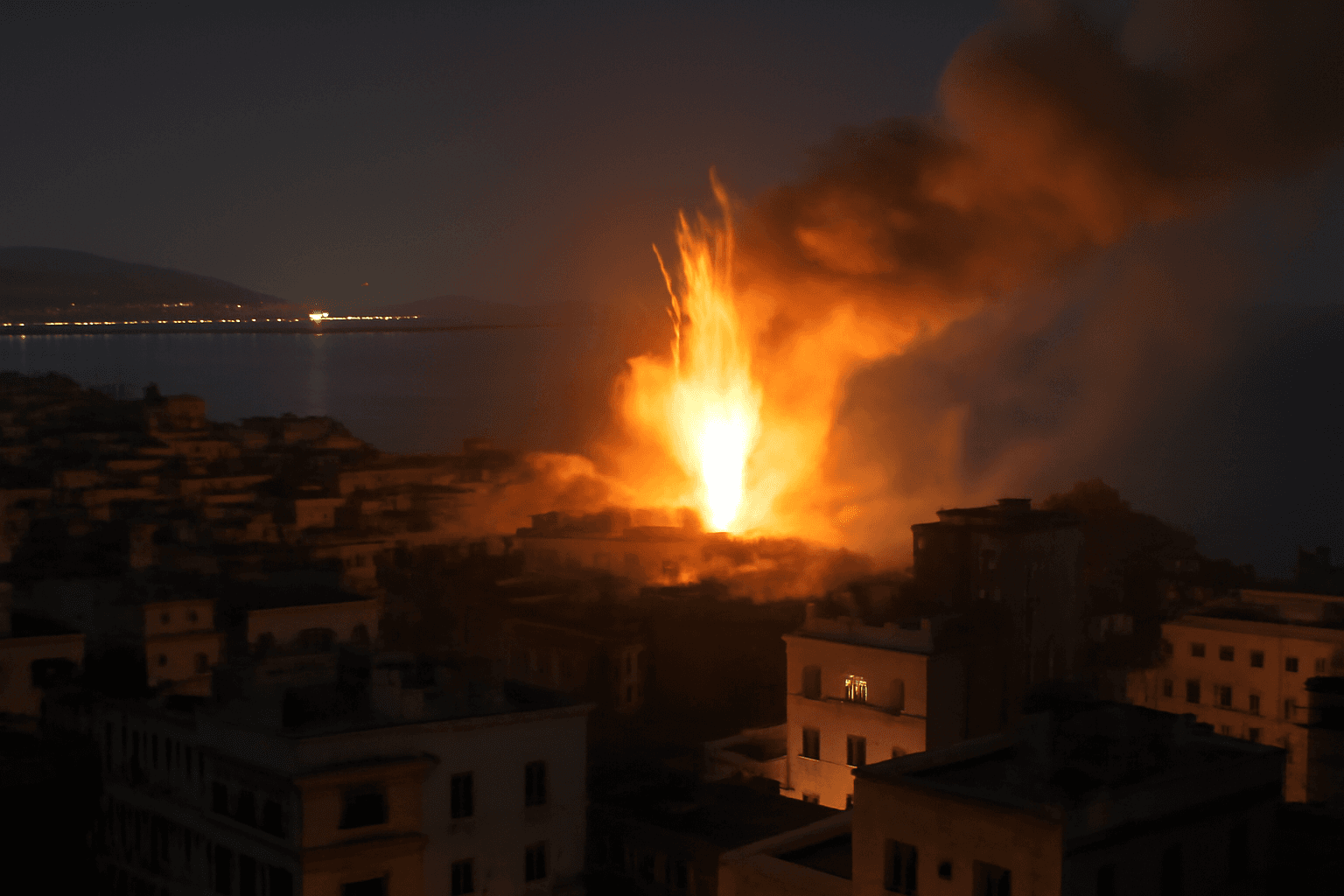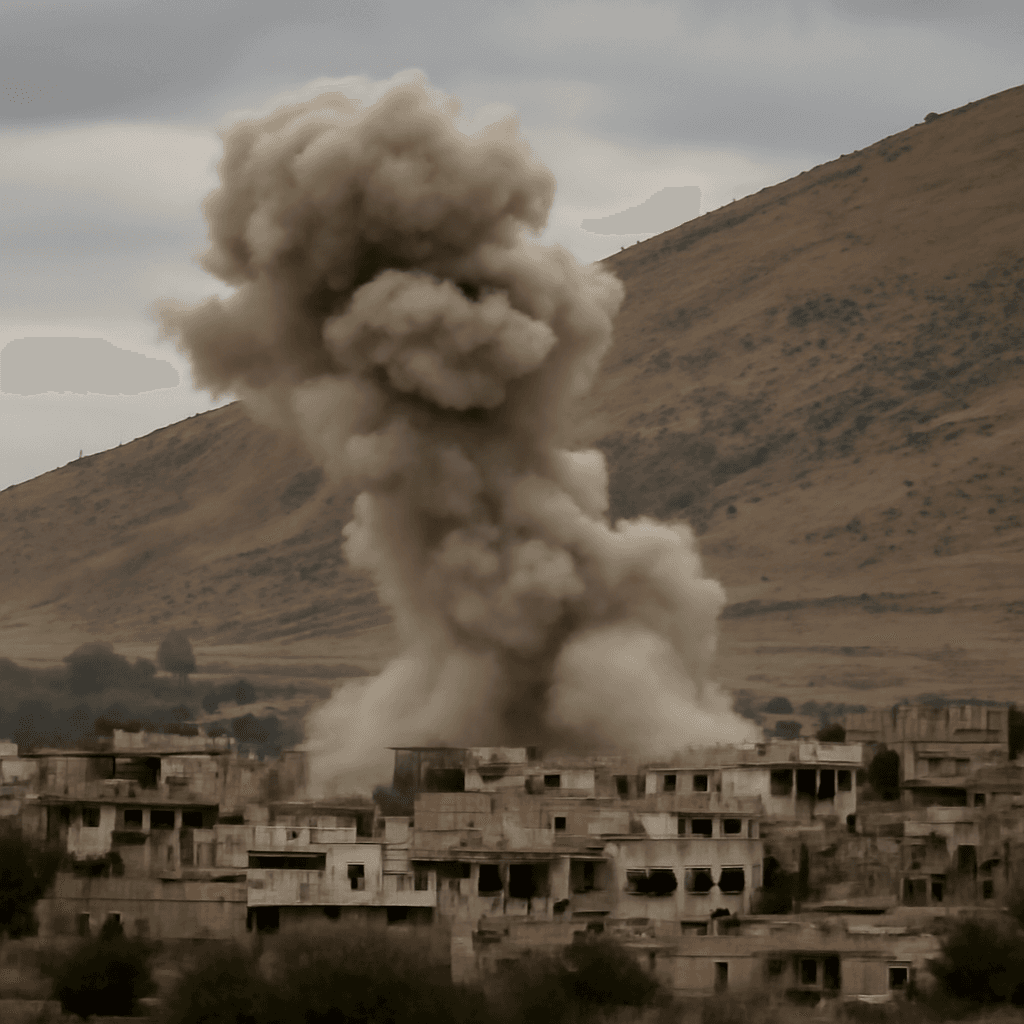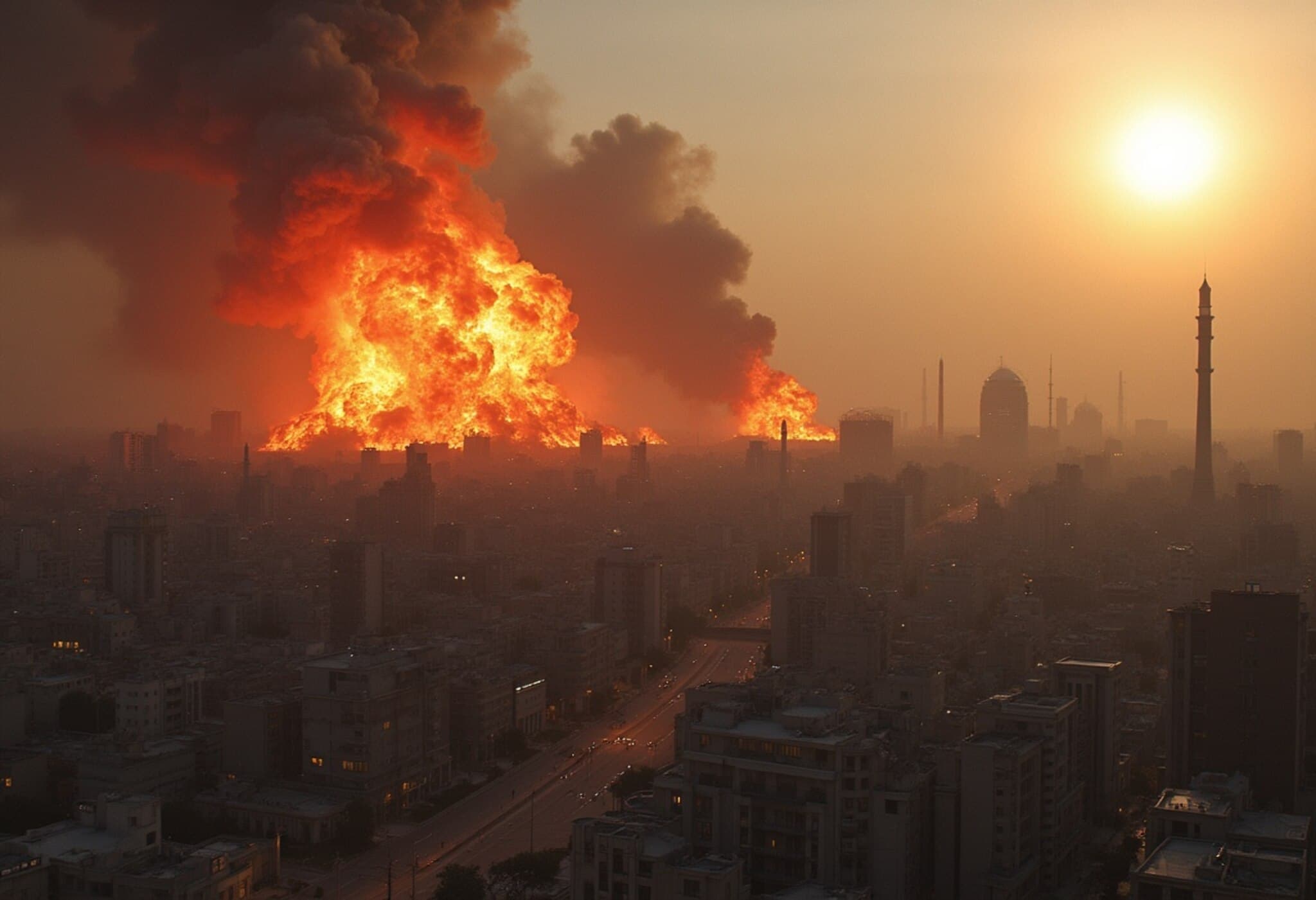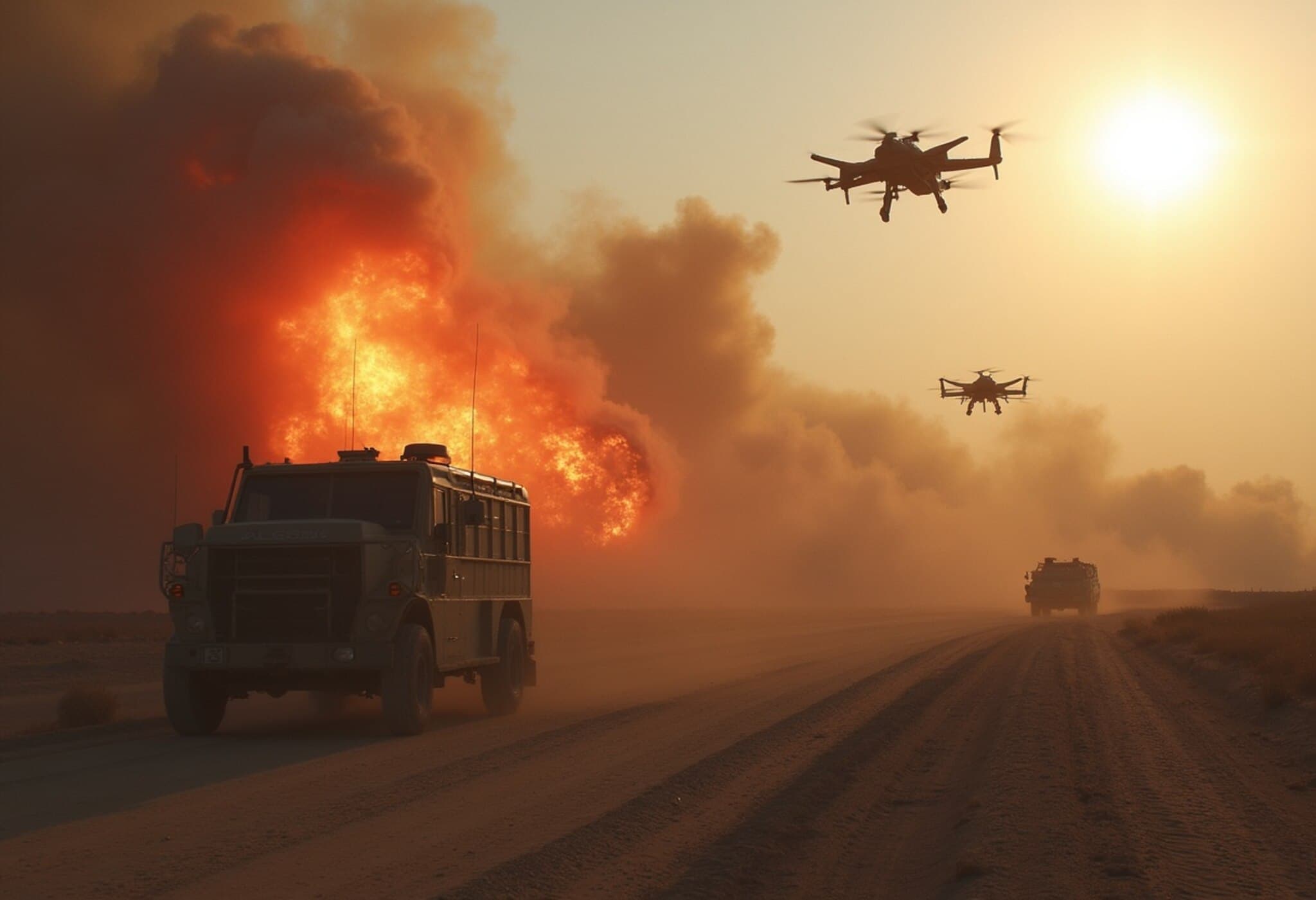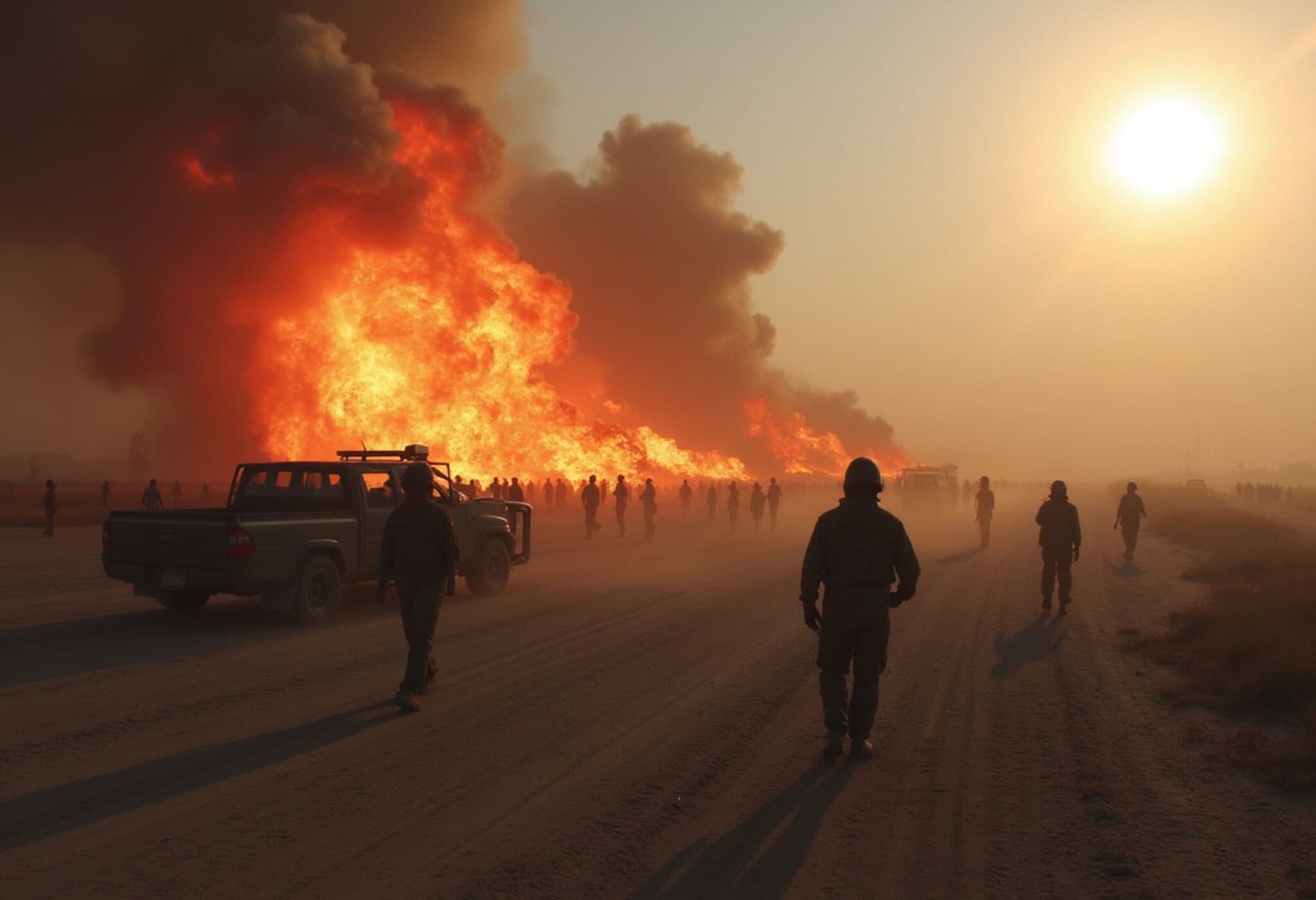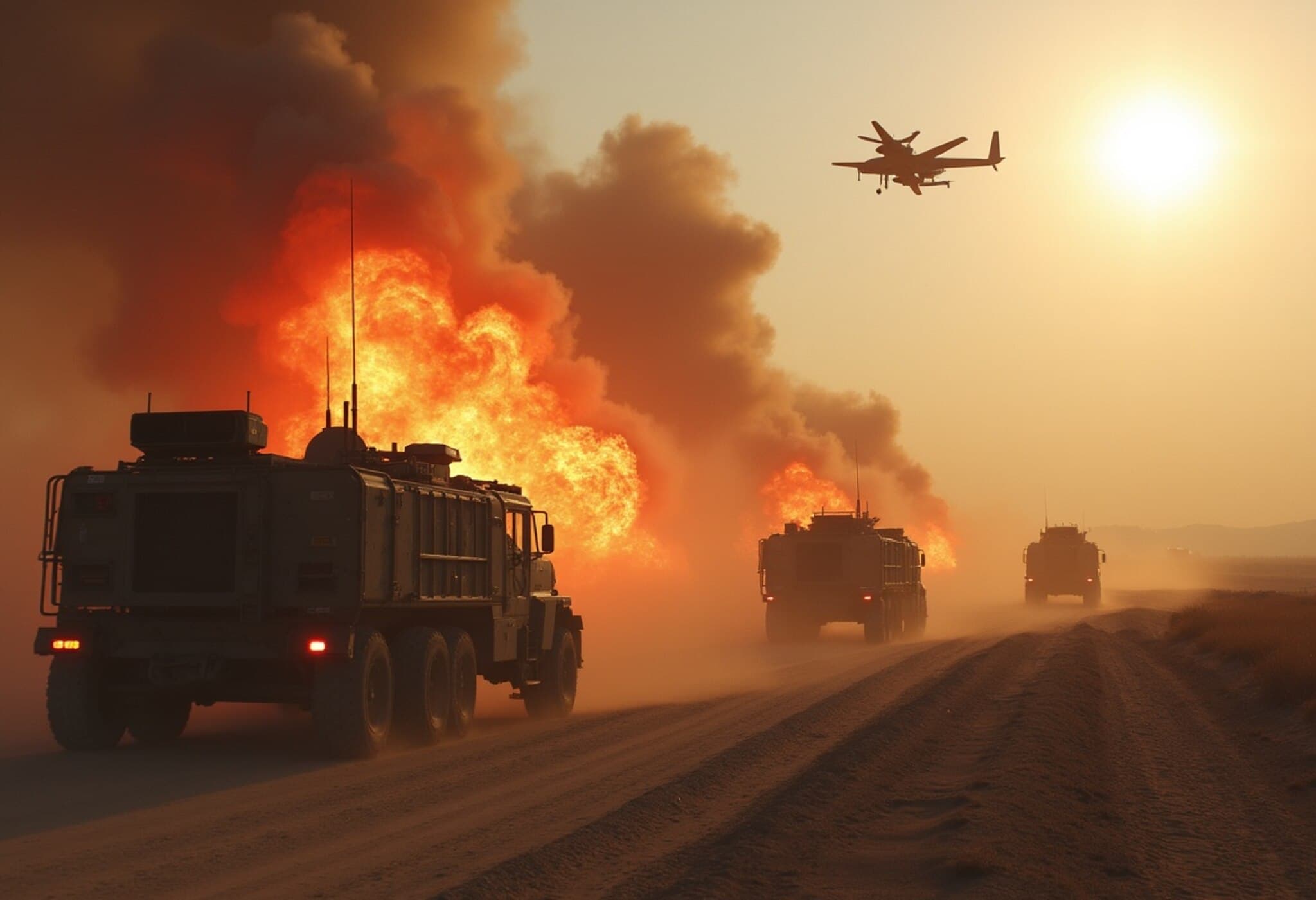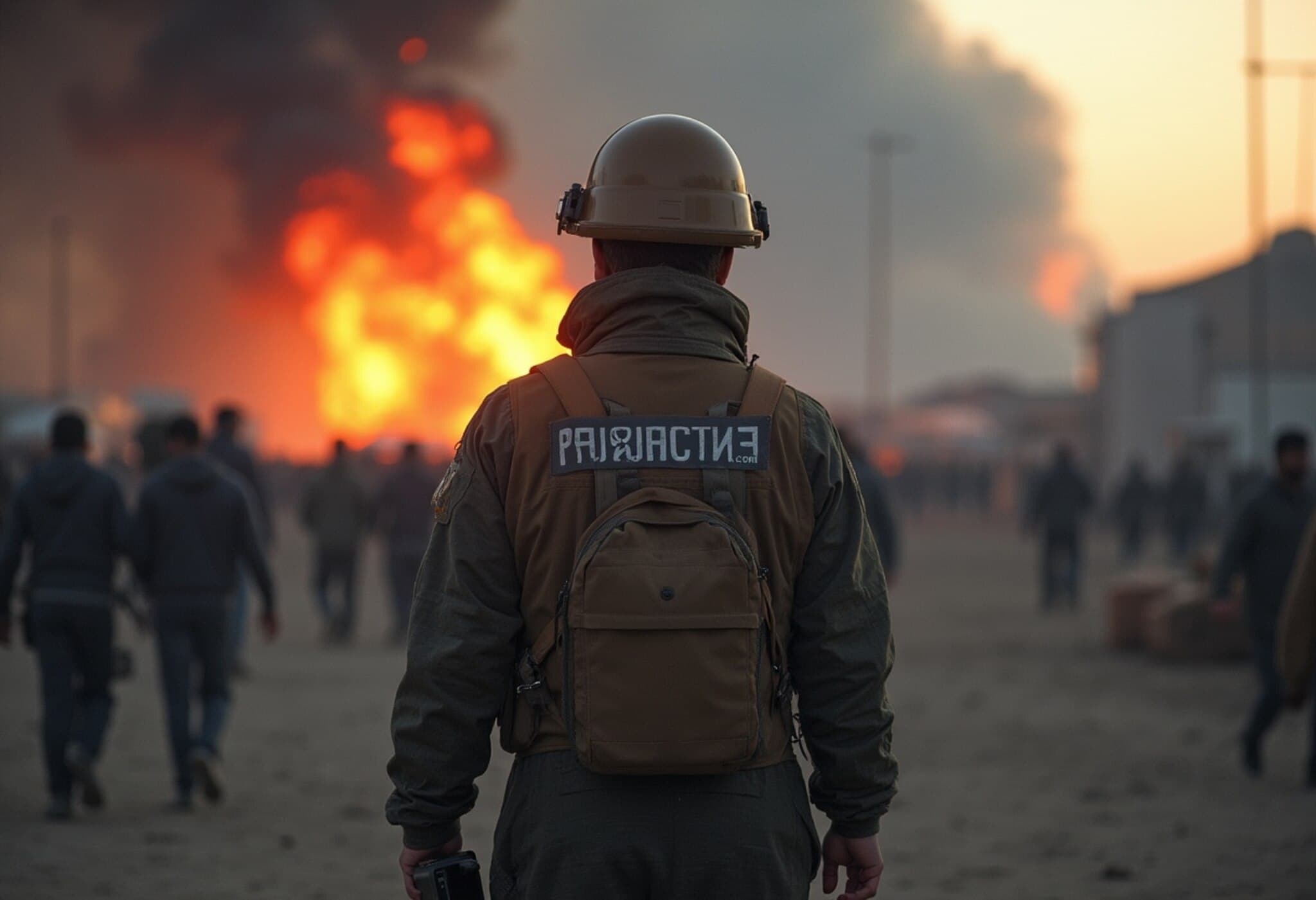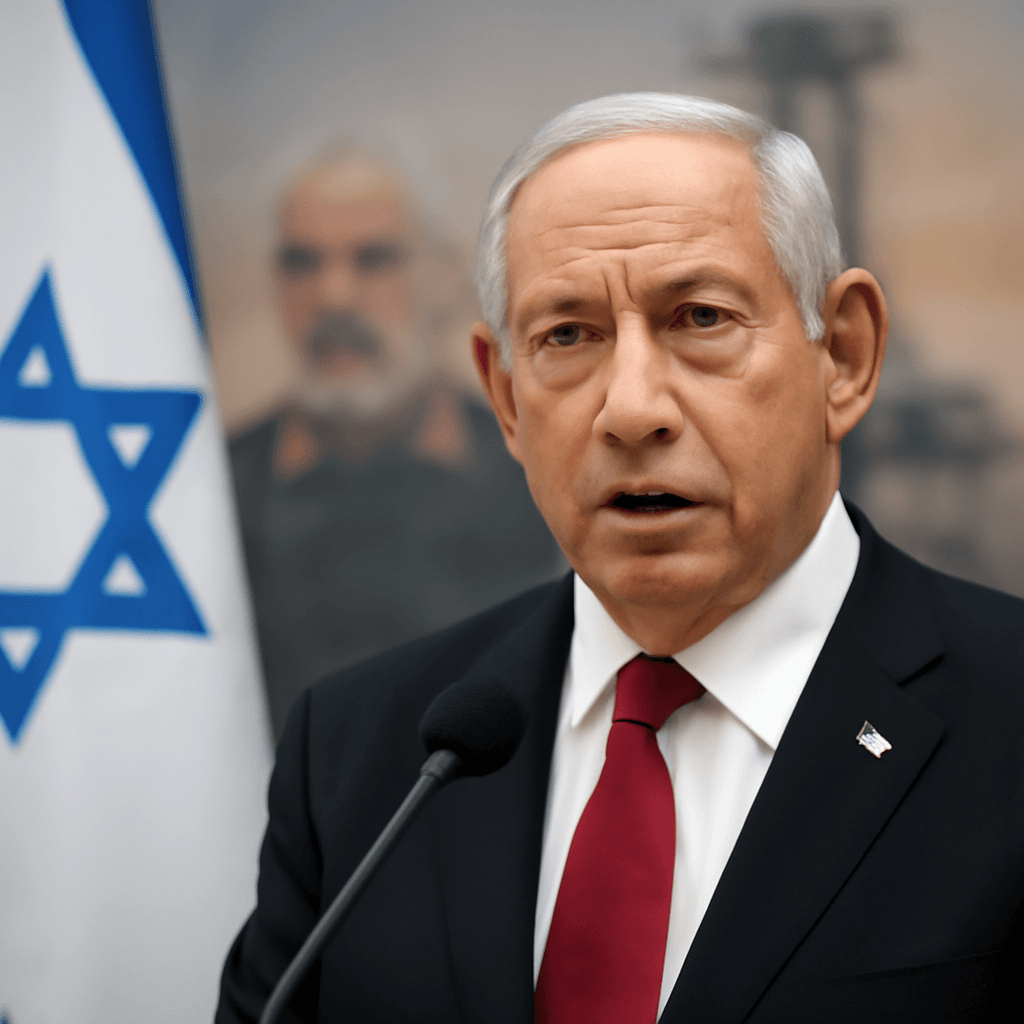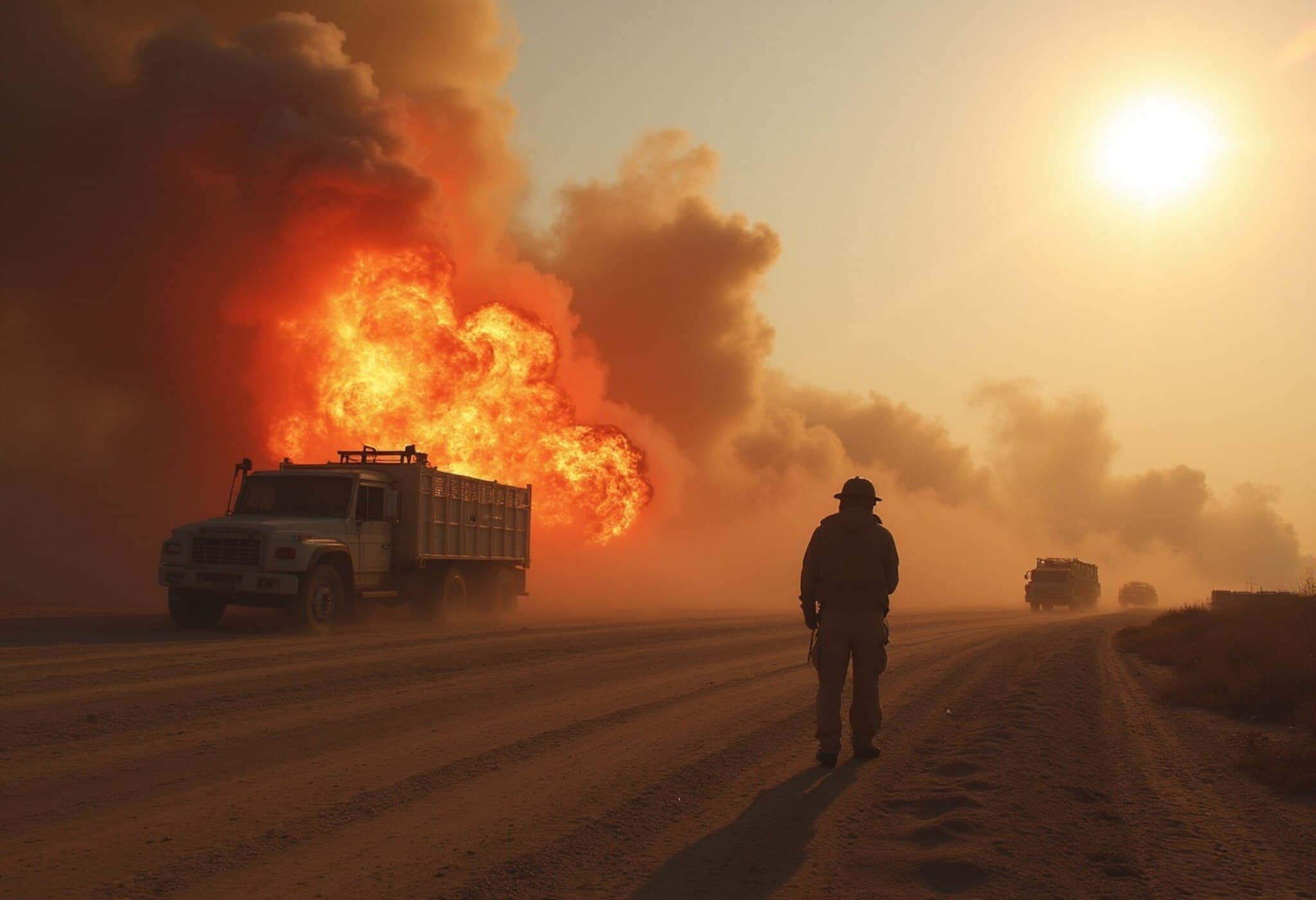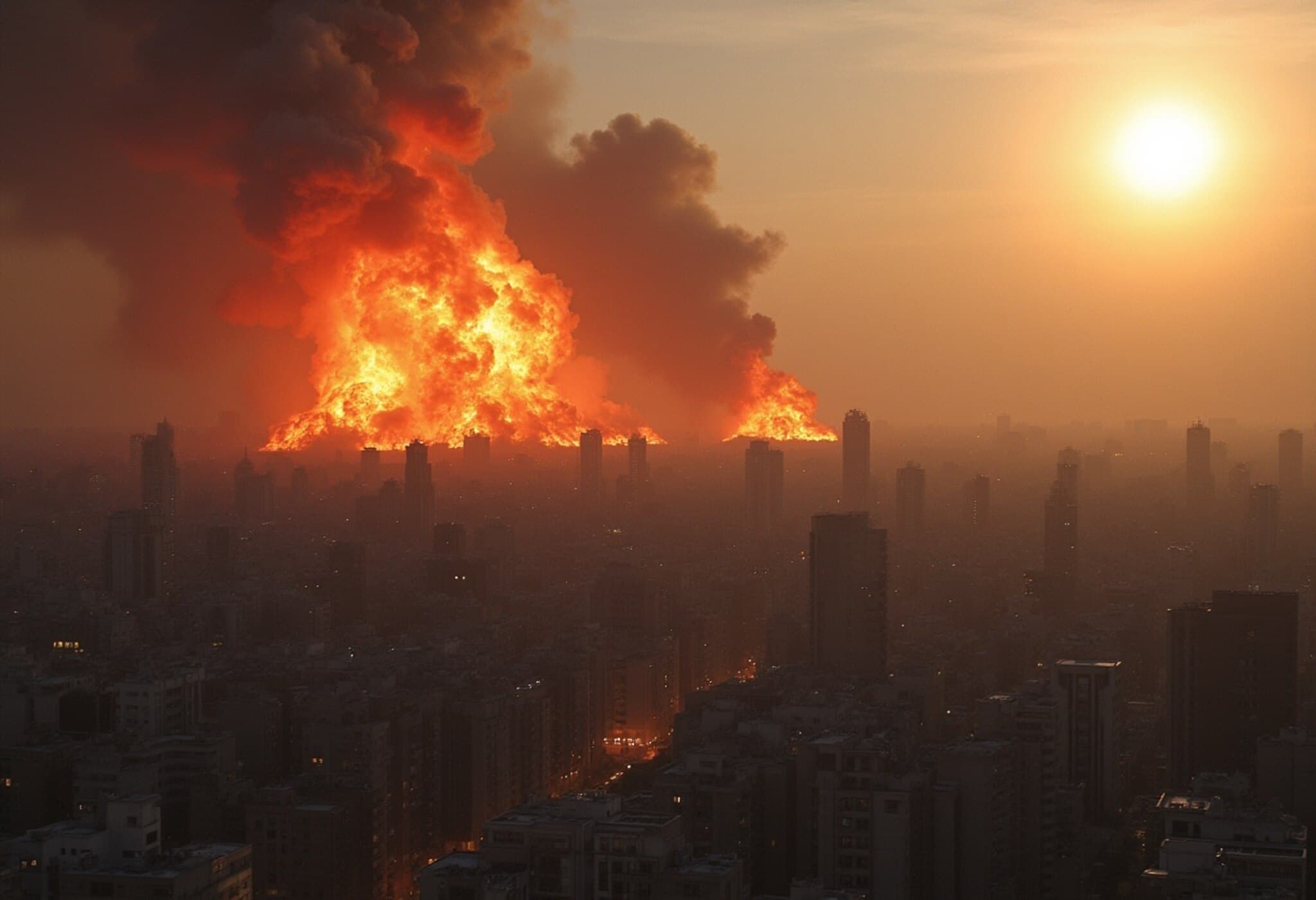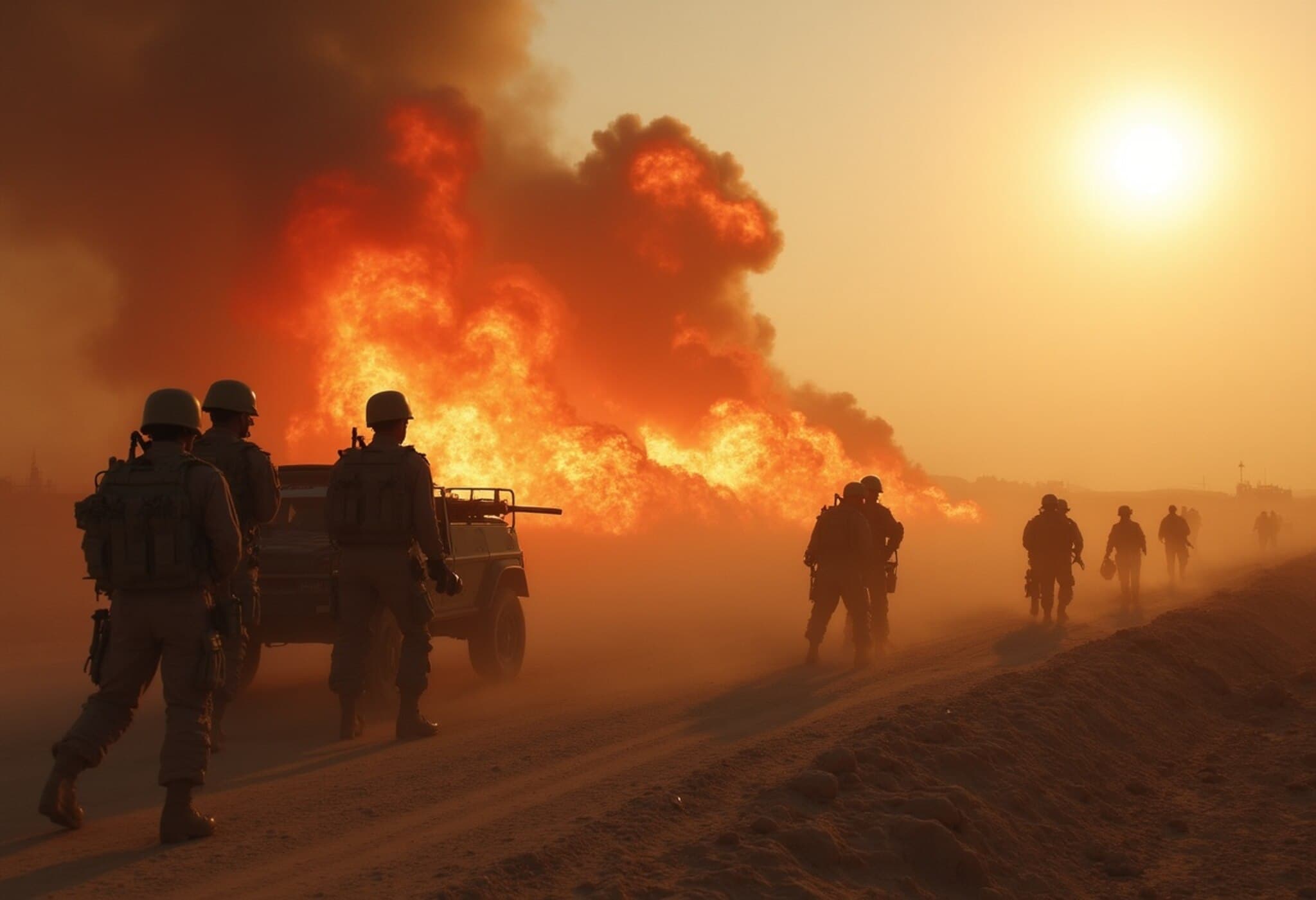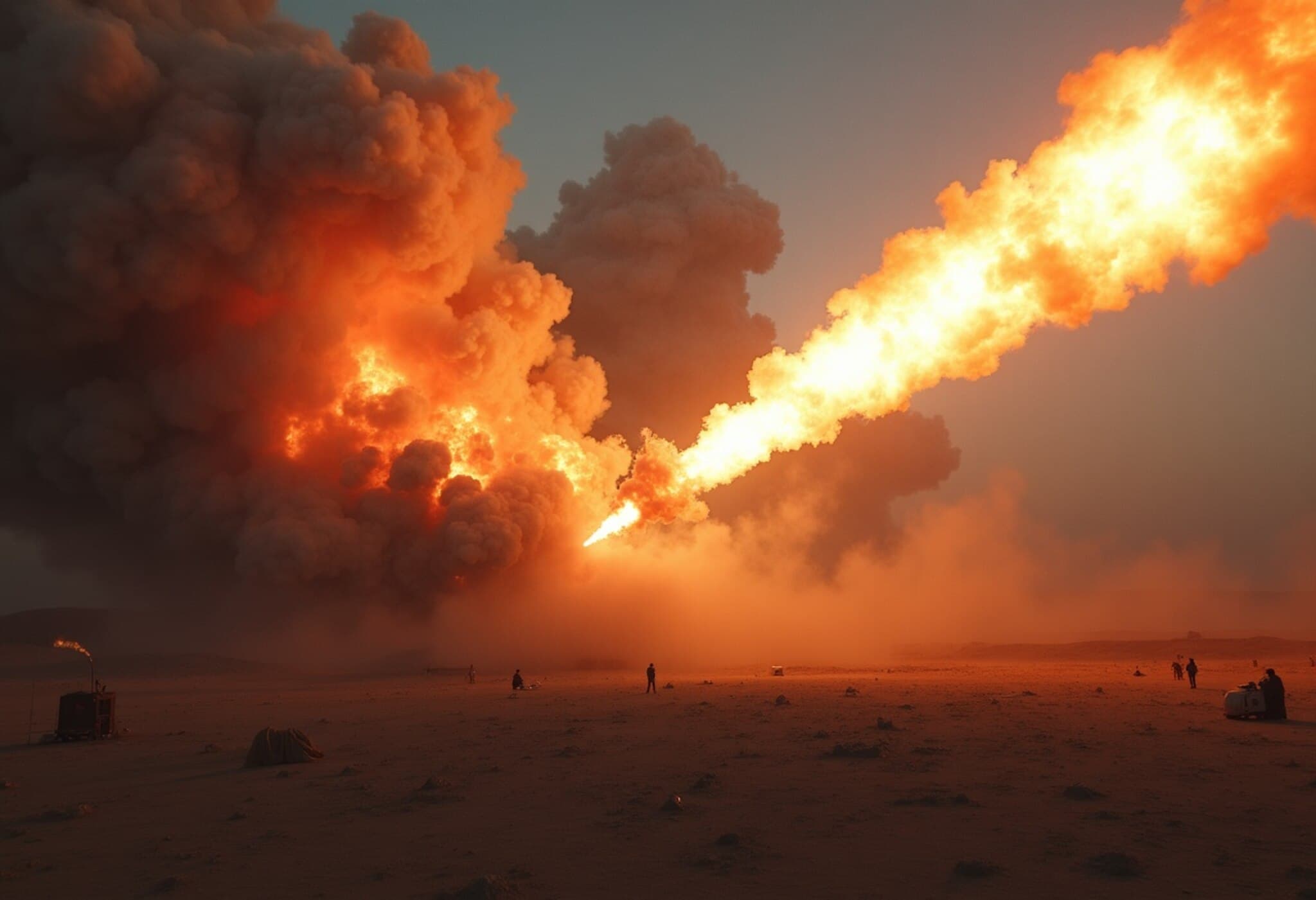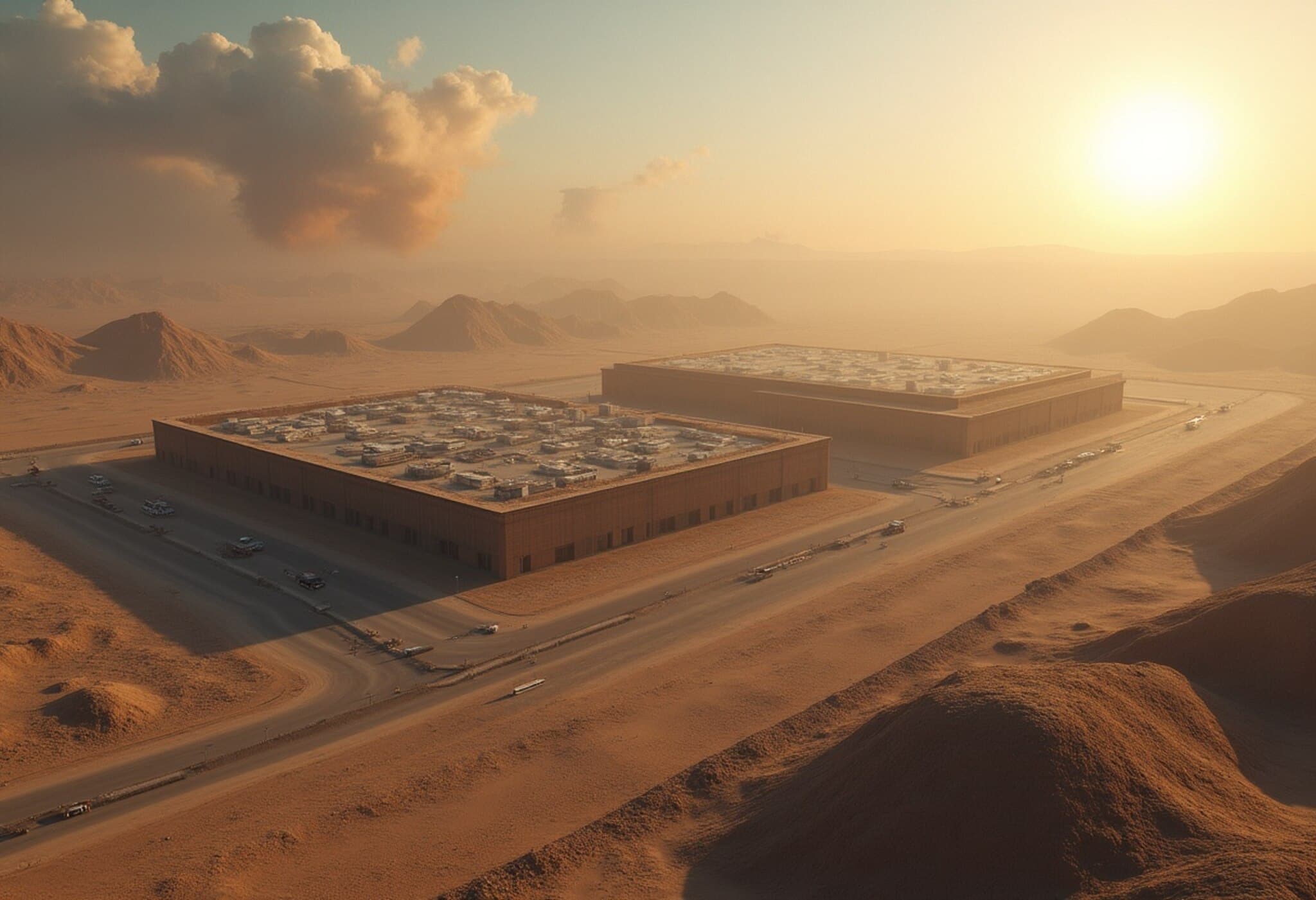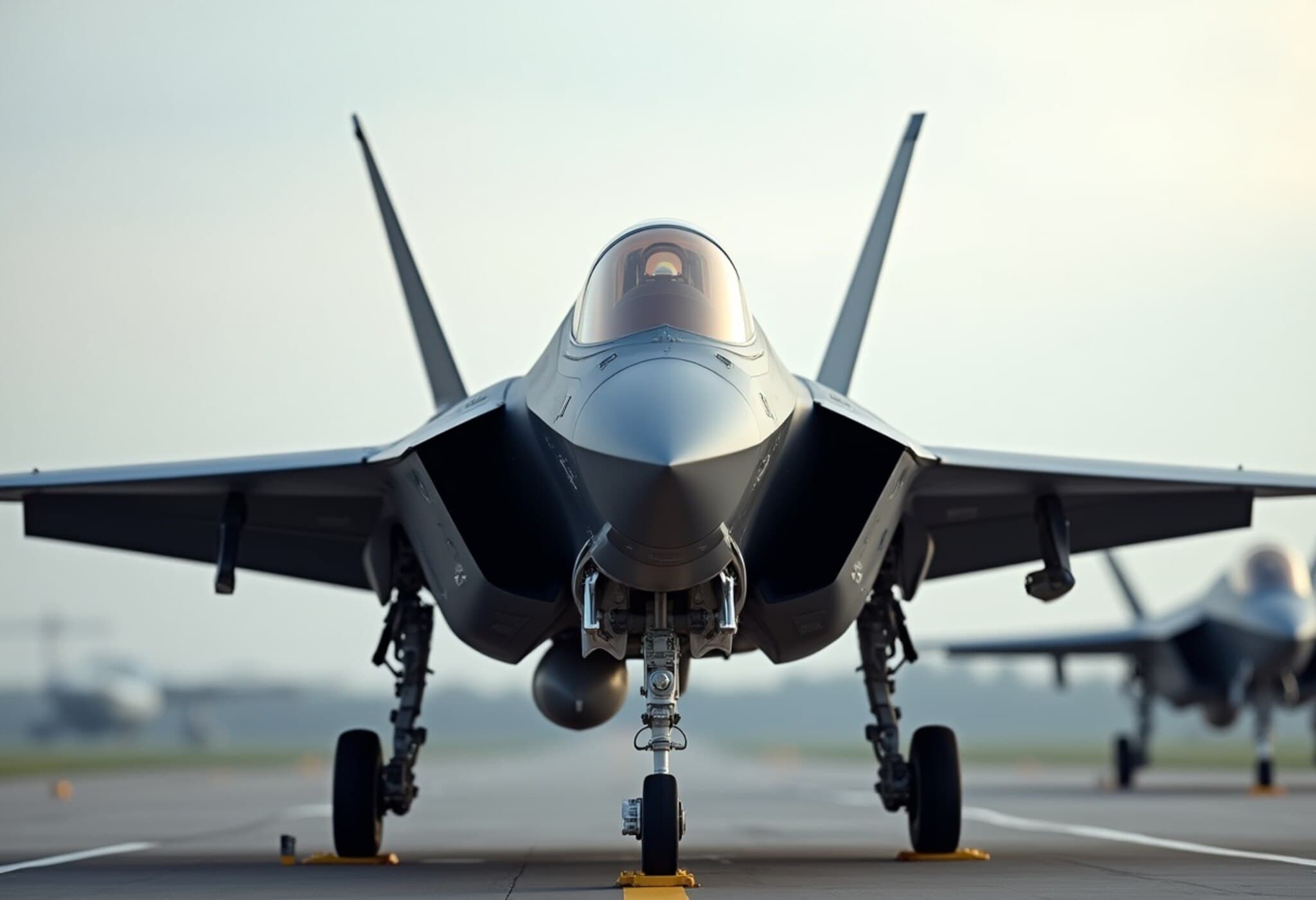Israel’s Precision Strike: A High-Tech Blow to Iran’s Nuclear Ambitions
In an audacious and meticulously planned military operation, Israel recently dealt a significant blow to Iran’s nuclear program and military infrastructure. The operation, years in preparation, combined cutting-edge artificial intelligence with covert intelligence gathering and smuggling of armed drones into Iranian territory to immobilize key defenses and personnel.
Operation Background and Strategic Aims
Prime Minister Benjamin Netanyahu has long emphasized the critical importance of neutralizing Iran's nuclear ambitions, underscoring it as vital to Israel’s national security. Despite numerous diplomatic efforts and warnings from international watchdogs, Iran pressed forward with uranium enrichment nearing weapons-grade levels.
Under the codename “Operation Rising Lion”, Israeli forces launched a surprise air assault targeting nuclear facilities, Revolutionary Guard commanders, and nuclear scientists. The timing was particularly striking because it coincided with ongoing nuclear negotiations between Iran and the United States, shocking Tehran and severely crippling its ability to respond.
Years in the Making: Smuggling Drones and Intelligence Gathering
The Mossad, Israel’s intelligence agency, and military units collaborated over a three-year period to lay the groundwork for this bold strike. Crucial to the plan was the covert insertion of small, armed drones into Iran, transported via vehicles and prepositioned near strategic missile sites. These drones helped dismantle surface-to-air missile defenses and other critical military assets from within.
This approach drew inspiration from recent successful drone operations in other conflicts, where inexpensive drones caused disproportionate damage by surprising entrenched defenses. Iranian officials acknowledged discovering some mini and tactical drones, labeling them as part of an infiltration effort designed to confuse and overwhelm their air defenses.
The Role of Artificial Intelligence in Target Selection
The operation’s precision was enhanced by advanced AI technology that sifted through vast amounts of intelligence data to identify priority targets. These ranged from top military leaders to key members of the Revolutionary Guard connected to missile programs and nuclear development.
Officials tasked with mapping these targets detailed how AI assisted in segmenting potential victims into categories such as leadership, military, civilian infrastructure, and evaluating the threat level based on their affiliations and activities.
Among the most notable casualties were General Hossein Salami, head of the Revolutionary Guard, and General Mohammed Bagheri, chief of staff of the Iranian armed forces. An underground bunker housing top-level missile program leaders was also hit, reportedly resulting in the deaths of at least eight senior figures.
The Bigger Picture: Decades of Covert Operations
This strike fits into a historical pattern of covert Israeli actions aimed at curbing Iran’s nuclear progress. Since the early 2000s, multiple operations—ranging from cyberattacks like the infamous Stuxnet virus to targeted assassinations and intelligence thefts—have hampered Iran’s uranium enrichment efforts.
One landmark event was in 2018 when Israel reportedly acquired a massive archive of Iranian nuclear research documents, revealing critical insights into Tehran’s weapons program. More recently, Israel targeted senior figures affiliated with Hamas within Tehran, showcasing the multifaceted reach of its intelligence operations.
Experts highlight that this latest operation was no impulsive move but the culmination of years of intelligence penetration and strategic patience, aiming to weaken Tehran’s nuclear and military capabilities without prompting immediate full-scale retaliation.
Implications and Aftermath
While Iran remains defiant in claiming its nuclear program serves peaceful purposes, Israel’s operation signals a resolute stance against any advancement of weapons-grade uranium enrichment. With Iran's air defenses and missile systems damaged, and key military leaders eliminated, the balance of power in the region faces a disruptive shift.
As diplomatic efforts continue amid heightened tensions, the recent attack underscores the increasingly complex interplay of high-tech warfare, espionage, and geopolitical maneuvering shaping the Middle East's security landscape.


